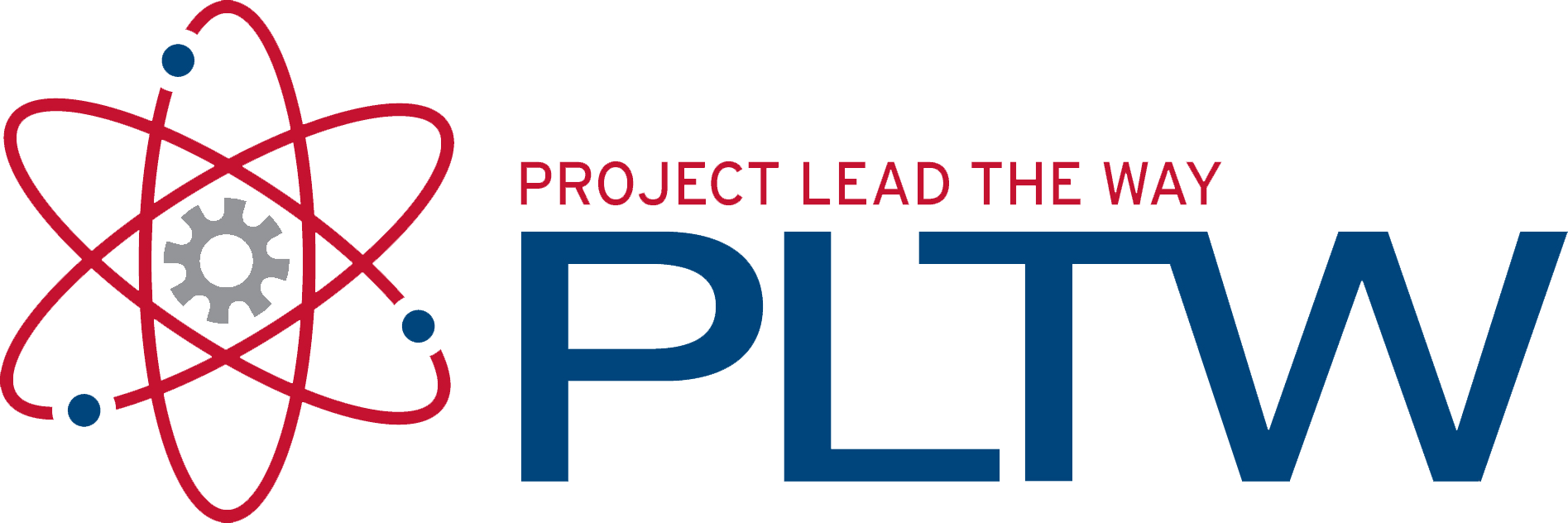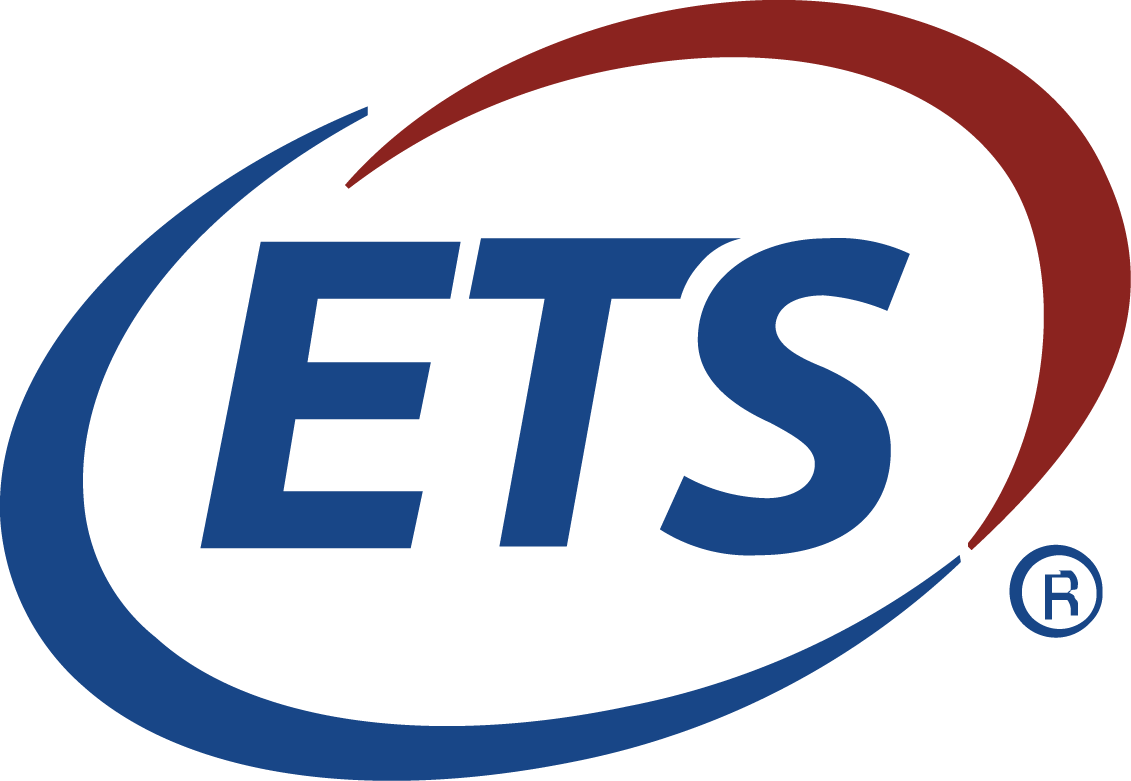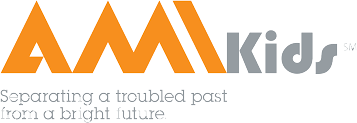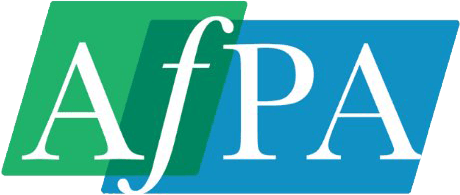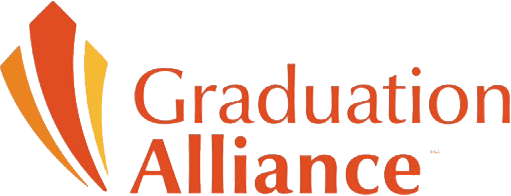For generations, higher education in the U.S. has acted as a primary gateway to opportunity. College degrees created access to careers, lifted families into the middle class, and even shaped the nation’s workforce. Yet for many students today, the path to a diploma has been overshadowed by foreseeable decades of student debt burden. With tuition costs rising, changes to federal loan provisions, and mounting questions about return on investment, higher education now stands at a critical crossroads in addressing significant challenges.
Adam Giery, Managing Partner at Strategos Group and host of the Capital Class podcast, sat down with Geordie Hyland, CEO of the American College of Education (ACE), to explore not only the scope of the student debt challenge but also the solutions emerging from it. Their discussion at the ASU+GSV Summit focused on reimaging affordability, access, and quality in higher education as well as examining the role of teacher training and retention.
The Hidden Cost of a Degree
Giery framed the higher ed challenge succinctly: “Higher education has long stood as an engine of opportunity, opening doors for generations of learners. Yet, for far too many students, the promise of a college degree has come with the hidden cost of debt, and a growing uncertainty of value.”
Uncertainty is, unfortunately, now at the center of the national debate. Rising tuition has led students to question whether a degree is worth the financial risk. According to recent data, U.S. student loan debt now exceeds $1.8 trillion, surpassing earlier reports of $1.7 trillion in 2025 —representing a figure that weighs heavily not only on borrowers but also on the economy.
Hyland agreed that tuition inflation has undermined public trust in higher education. “There’s a real opportunity for a more common-sense approach that offers affordable degrees, focusing on the practical, and preparing students with job-aligned curriculum so they can hit the ground running,” he said.
Teacher Shortages and Opportunity
One area where affordability is most visible is in the teaching profession. School districts across the country currently grapple with persistent shortages, and while many individuals are drawn to the idea of teaching, the economic realities associated with it can be discouraging.
“There are significant teacher shortages and real challenges with the talent pipeline,” Hyland explained. “But teaching is still a deeply fulfilling career. More people are realizing the opportunities in education, both in terms of impact and career progression.”
Giery, himself the son of a teacher, reflected on the issue personally: “I was the son of a teacher who wanted to be a teacher. I definitely know that pipeline.” He noted that teachers often enter the profession with passion but face obstacles they weren’t fully prepared for, ranging from classroom management to meeting a convergence of student needs.
Hyland described ACE’s practitioner model as one way to address those gaps: “Our faculty are working professionals. They bring real-world knowledge into the classroom and help design a curriculum that’s both practical and current. Since most of our students are already teaching, they can apply what they learn immediately.”
Retention as a Solution
Attracting teachers is only half the battle; retaining them is equally critical. Many new educators leave the classroom within five years, creating costly turnover for districts and instability for students.
Hyland sees affordable, flexible pathways to career growth as essential to reversing the trend. “We provide opportunities for teacher assistants to complete bachelor’s degrees, for teachers to earn affordable master’s degrees and principal certificates, and for those ready to pursue doctorates. In many states, these additional credentials lead to salary bumps. That not only supports career progression but also helps districts retain their teachers.”
The ripple effects are significant. By reducing debt and supporting professional advancement, institutions can strengthen the teacher workforce while giving students access to more experienced and better-prepared educators.
Pursuing Debt-Free Education
Central to Hyland’s vision is the idea that students should not have to choose between advancing their education and incurring decades of debt. “We were founded to provide a largely debt-free education,” he noted. “86% of our students graduate with no debt. I often meet teachers who say, ‘I wish I had heard about you. I’ve been paying off loans for twenty, thirty years.’”
Affordability is not only about fairness, it’s about restoring the credibility of higher education in Hyland’s view. “As more institutions focus on quality teaching and learning and a debt-free experience for students, I think the credibility of higher ed will increase,” he said.
Measuring Progress Beyond Revenue
Giery asked Hyland to reflect on how ACE measures progress, aside from financial growth. The answer emphasized how affordability, outcomes, and institutional culture intersect.
“We look at student outcomes first,” Hyland said. “We have an 85% graduation rate, 86% of students graduate without debt, and our licensure pass rates are at or above competitors across the states where we operate. Employer satisfaction is at 95%. And more than half of our new students come through referrals, which is incredibly validating.”
He also emphasized the importance of workplace culture: “Our staff and faculty are essential. ACE is recognized as a top workplace, with employee engagement scores well above the industry average. That stability helps us better support students.”
Innovation with Purpose
Beyond affordability and outcomes, Hyland sees innovation as vital to the future of higher education. Technology, he argued, must be used to enhance—not replace—the human side of learning.
“We’re very focused on innovating in terms of using AI and the latest technology to take on administrative tasks so our staff can focus on relationships with students,” he explained.
Giery noted that this requires a balancing act: “As an entrepreneur, what trends interest you most right now in the marketplace?” he asked. Hyland responded, “Technology and leveraging artificial intelligence—but staying true to the authentic delivery of services.”
Balance Outside the Institution
Beyond structural challenges in higher education, Hyland also reflected on leadership and balance. As Giery stressed, leading an institution often becomes part of one’s own identity, emphasizing the necessity for personal renewal. “It’s important to have hobbies and always stay connected to family,” Hyland reflected, adding how martial arts and even cold plunges help him recharge.
Hyland’s personal reflections demonstrate a broader point: tackling issues as a CEO and the complexities of running a growing business require balanced personal goals that help prepare every leader for the long road ahead.
Paving a Path Forward
The U.S. higher education system faces immense challenges ranging from student debt and affordability to questions of value and workforce shortages. Yet, a path forward—one where access, quality, and affordability are not competing priorities but mutually reinforcing goals—remains part of the answer.
Hyland’s perspective offers one distinct answer: “There’s an opportunity for higher education to restore its credibility by focusing on debt-free, high-quality learning that’s aligned with real careers. That’s how we prepare future leaders, not just for jobs, but to contribute to society.”
In a time marked by financial strain and a climate of skepticism, a debt-focused approach and vision represent an attractive and sustainable next chapter for students, and perhaps even greater promise for higher education itself.


